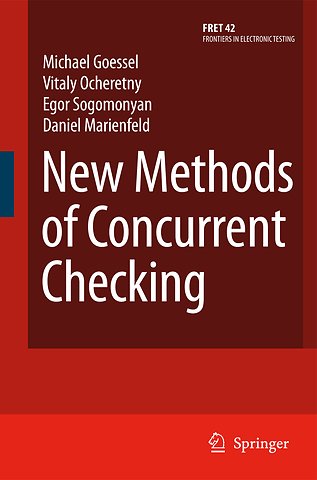New Methods of Concurrent Checking
Samenvatting
Computers are everywhere around us. We, for example, as air passengers, car drivers, laptop users with Internet connection, cell phone owners, hospital patients, inhabitants in the vicinity of a nuclear power station, students in a digital library or customers in a supermarket are dependent on their correct operation. Computers are incredibly fast, inexpensive and equipped with almost unimag- able large storage capacity. Up to 100 million transistors per chip are quite common today - a single transistor for each citizen of a large capital city in the world can be 2 easily accommodated on an ordinary chip. The size of such a chip is less than 1 cm . This is a fantastic achievement for an unbelievably low price. However, the very small and rapidly decreasing dimensions of the transistors and their connections over the years are also the reason for growing problems with reliability that will dramatically increase for the nano-technologies in the near future. Can we always trust computers? Are computers always reliable? Are chips suf- ciently tested with respect to all possible permanent faults if we buy them at a low price or have errors due to undetected permanent faults to be discovered by c- current checking? Besides permanent faults, many temporary or transient faults are also to be expected.
